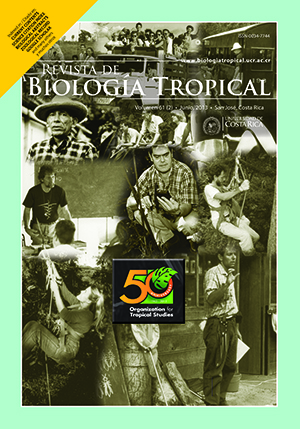Abstract
The tropical karstic lakes on the Mexican Caribbean Sea coast are numerous. However, there is an enormous gap of knowledge about their limnological conditions and micro-algae communities. In the present study, surface water samples were collected monthly from November 2007 to September 2008 to provide taxonomical composition and biovolume of planktonic cyanobacteria of the lake Lagartos from State of Quintana Roo, Mexico. Water temperature, pH, conductivity, salinity, soluble reactive phosphorus (SRP), dissolved inorganic nitrogen (DIN), and soluble reactive silica (SRSi) levels were also analyzed. A total of 22 species were identified. Chroococcales and Oscillatoriales dominated the phytoplankton assemblages during the study period. Chroococcus pulcherrimus, Coelosphaerium confertum, Cyanodyction iac, Phormidium pachydermaticum and Planktolyngbya contorta were recorded for the first time in Mexico. A surplus of DIN (mean value of 42.7μM) and low concentrations of SRP (mean value of 1.0μM) promoted the enhanced growth and bloom formation of cyanobacteria. The mean biovolume was 3.22X108μm3/mL, and two biovolume peaks were observed; the first was dominated by Microcystis panniformis in November 2007 (7.40X108μm3/mL), and the second was dominated by Oscillatoria princeps in April 2008 (6.55X108μm3/mL). Water quality data, nitrates enrichment, and trophic state based on biovolume, indicated that Lagartos is a hyposaline, secondarily phosphorus-limited, and eutrophic lake, where the cyanobacteria flora was composed mainly by non-heterocystous groups.Comments
Downloads
Download data is not yet available.






